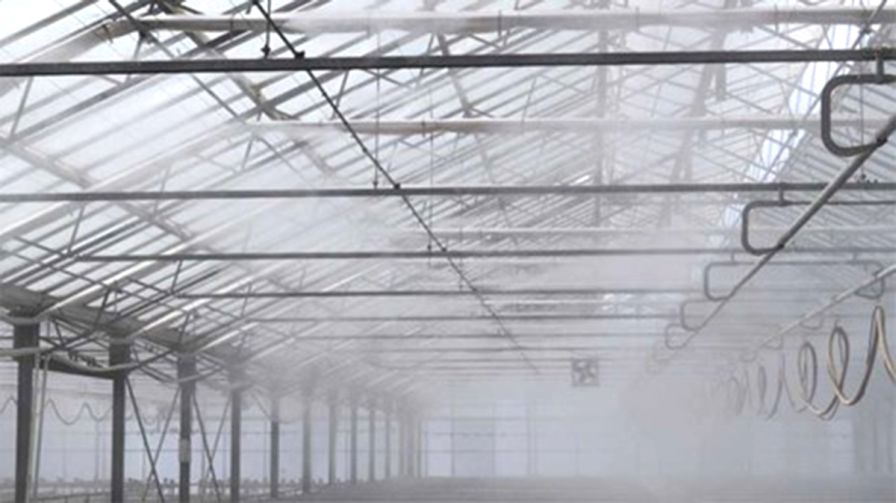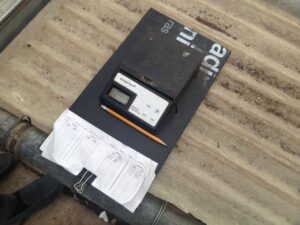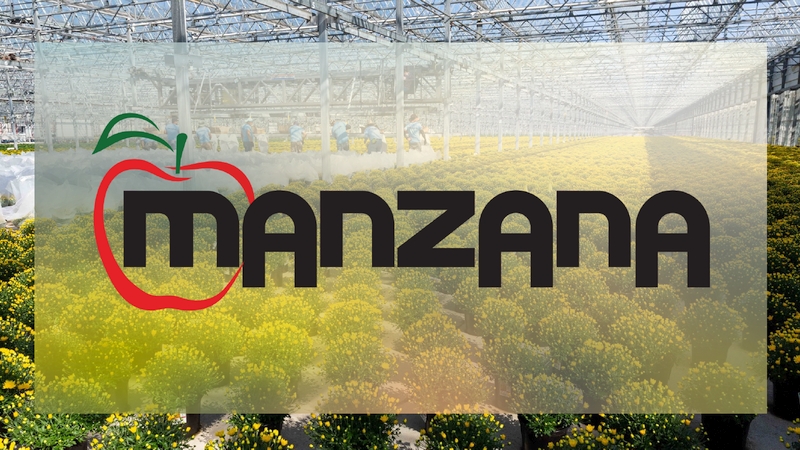Researchers Help Controlled-Environment Growers Maximize Water Use

Researchers are constantly evaluating how growers can make better use of their irrigation systems. Photo: Pacific Plug and Liner
As controlled-environment growers continue to invest in more resource-efficient production systems, irrigation is a critical component they must consider. Fortunately, university researchers are taking steps to make this process easier.
In 2019, the Water Education Alliance for Horticulture and the Clean WateR3, a federally funded, multi-state Specialty Crops Research Initiative grant focused on research and outreach to help growers reduce, remediate, and recycle irrigation water, released a report on greenhouse and nursery water management research priorities. This report offered a closer look at some of the major production challenges related to irrigation and solutions such as technology adoption, alternative water sources, and more.
Since then, Paul Fisher, Ph.D., a Professor and Extension Specialist in the Environmental Horticulture Department at the University of Florida (UF), says one more major issue has emerged: the importance of a fully trained growing team at a time when labor resources are scarce.
“Irrigation is one of the most complex and core tasks in young plant and indoor production,” Fisher says. “But despite the many factors that affect plant water use and irrigation decisions, it still comes down to having smart, well-trained growers.”
Recently, Fisher and other researchers, including Dr. Ryan Dixon at the University of Arkansas, have been looking at smart water treatment and fertilizer management through recirculating irrigation systems.
“We are modeling mass balance in hydroponics or ebb-and-flood, to help growers understand and take an AI approach to manage inputs and outputs of water and nutrients,” Fisher says. “For example, sodium in the water source is an input that can build up over time and interfere with nutrient uptake. If a grower continues to add a high rate of calcium in the nutrient solution over time, this ion is taken up more slowly by plants than nutrients such as potassium, and the ratio of nutrients changes (increasing calcium and less potassium).”
In the ornamentals industry, there are also more young plant growers seeking a completely controlled environment for plant cuttings.
“Many leading growers are adding technology that provides greater consistency,” Fisher says. “The standard approach is to control mist and fog using vapor pressure deficit (VPD) or other climate-based models of evapotranspiration.”
This approach, Fisher says, helps better manage the moisture level around the cuttings, including within the growing media.
When it comes to emerging irrigation technology for young plant growers, Fisher says much of it is based around environmental control.
“Dr. Celina Gómez at UF and our graduate students are doing research with indoor propagation of cuttings, and we see innovative growers investing in completely indoor propagation environments under LEDs,” Fisher says. “They have certain species that are really hard to root in a greenhouse environment because it’s too variable or hot in the summer. Rooting often comes down to irrigation, and there’s a very fine line between irrigating enough to hydrate cuttings and overirrigation and waterlogging the growing medium. Leading growers such as Battlefield Farms and Metrolina Greenhouses are bringing cuttings indoors on germination racks so they can monitor and control light, temperature, and moisture levels. In our own experience at UF, when you can control every aspect of the propagation environment, it exposes what you don’t know – there are no excuses.”

There are low-tech options for monitoring water, such as weighing pots and then irrigating them based on how heavy or light they are. Photo: Stephanie Burnett
More Grower Awareness
Of course, when it comes to how greenhouse irrigation research can be applied on a commercial scale, the size of the operation still matters, according to Stephanie Burnett, Associate Professor of Horticulture at the University of Maine.
“Bigger growers have access to a wider range of water monitoring tools, which gives them a better idea of their environmental growing conditions,” Burnett says. “The challenge is for small to mid-sized operations who may be looking for similar systems but at a lower cost.”
Burnett notes that there are some cost-efficient water management systems. However, these systems can require a higher learning curve, which has prevented more widespread adoption.
“I do think growers are becoming more aware of how much water they’re using, and how they can save water while making irrigation less labor-intensive.
“Here in New England, we also have more growers concerned about the water that’s leaving their property, and making sure it doesn’t impact their surrounding neighbors or natural areas,” Burnett says.
Keeping Research a Priority
At a time when university research is facing funding challenges, both Fisher and Burnett say there are ways to foster more partnerships within the industry.
Fisher and several university colleagues receive consistent industry support from partner companies in a university/industry consortium (in this case the Floriculture Research Alliance). Most researchers rely primarily on grant proposals, but these are very competitive. Fisher suggests growers take part in panels that assess funding opportunities through groups like American Floral Endowment and USDA-NIFA.
“It helps provide direct perspective from our industry on how important water issues are in controlled-environment greenhouses,” Fisher says. “Other sectors such as berries and field vegetables are very well represented on federal and state panels. We also need our controlled-environment horticulture industry champions at the table.”
For her part, Burnett says addressing grower irrigation research concerns could come easier with more partnership between growers, researchers, and suppliers.
“It would be great to see more cooperation,” Burnett says. “We’ve seen it with the lighting sector of our industry, and we need more interaction and collaboration like that.”
New Innovations in Irrigation Technology
In December, Meister Media Worldwide published a digital report that offers an in-depth look into the state of irrigation technology. Stories from each of the markets Meister Media covers are featured. In addition, the digital platform used to create the piece makes for an improved online reading experience that also includes video.
To learn more, access the report here.









